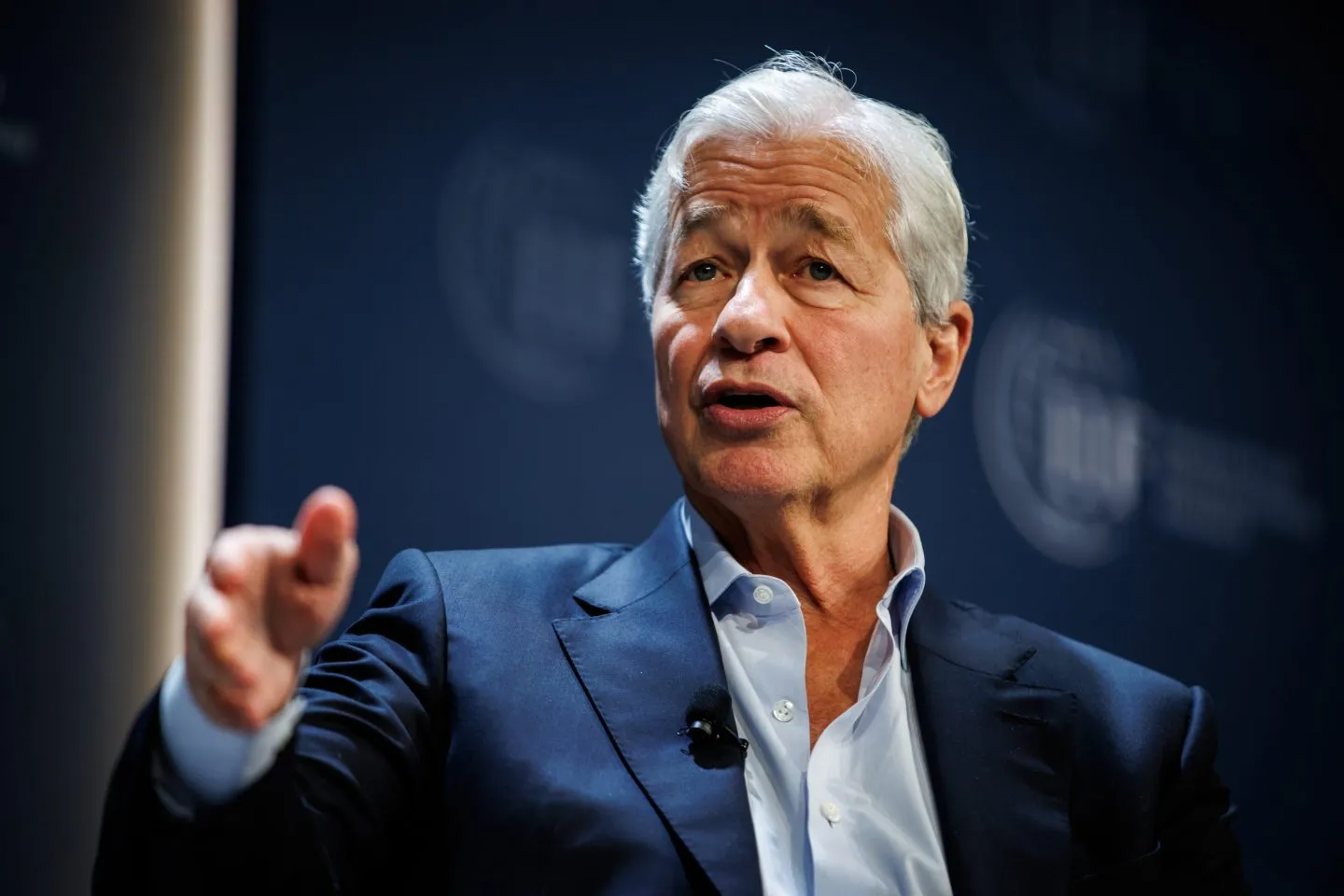JPMorgan Chase & Co. expects the US dollar to lose some strength next year as monetary and fiscal conditions in the United States become more accommodative. However, the bank cautions that a shift toward renewed expectations for rate hikes could complicate that outlook.
Earlier this year, JPMorgan’s currency team led by strategists Meera Chandan and Arindam Sandilya predicted the dollar would strengthen following the inauguration of President Donald Trump. Instead, the greenback delivered its weakest first-half performance in 50 years, forcing the bank to pivot quickly. The strategists reversed course in March, adopting a bearish stance on the dollar, and have remained negative ever since.
In their latest outlook, the team projects the dollar will decline around 3% through mid-2026 before leveling off. This view largely aligns with Bloomberg’s median forecast. JPMorgan expects the dollar’s softness to be most pronounced against higher-yielding currencies such as the Australian dollar and the Norwegian krone, where relative interest-rate advantages could draw more investor flows.
The bank’s bearish call is anchored in several major policy expectations. Strategists anticipate the Federal Reserve will begin cutting rates over the coming months, while fiscal policy is set to loosen as government spending increases and tax reductions tied to the One Big Beautiful Bill Act take hold.
At the same time, growing concerns about political efforts to influence the Federal Reserve highlighted by the attempted removal of Fed Governor Lisa Cook have added another layer of uncertainty to the US policy landscape. All of these factors support JPMorgan’s view outlined in its annual foreign-exchange report released Tuesday.
Still, the bank acknowledges that two significant dynamics could challenge its weaker-dollar thesis. First, even after this year’s rate cuts, US yields remain higher than those offered by many global peers. That relative premium continues to draw foreign capital into US assets, making it harder to argue for a widespread move out of the dollar.
More importantly, JPMorgan warns that a stronger-than-expected rebound in the labor market or in US economic growth could shift trader sentiment. If investors begin to question the case for further Fed easing or start pricing in the possibility of renewed tightening downward pressure on the dollar could fade quickly. “Our outlook for 2026 remains net bearish, though the expected decline is smaller and more uneven than the weakness we foresee for 2025,” Chandan and her team wrote.
The strategists added that they would become “decisively bullish” on the dollar if economic data improves enough to halt the Fed’s easing cycle and bring forward expectations for new rate hikes. A scenario in which stronger growth “effectively eliminates the Fed’s dovish bias,” they said, would be meaningful enough to flip their view completely.
In the futures market, fed funds traders currently expect the Fed’s rate-cutting cycle to reach its bottom by early 2027. JPMorgan’s economists also envision higher rates ahead, forecasting roughly 50 basis points of tightening during the first half of 2027. That puts them ahead of many peers who anticipate a longer pause before any upward move.
At the same time, a growing share of corporate decision-makers are bracing for more tightening sooner. Close to two-thirds of US treasurers and CFOs surveyed recently anticipate that the Federal Reserve will raise interest rates next year a stark contrast to market expectations for policy easing.
“Several conditions likely need to be met before markets feel confident shifting toward this narrative,” Chandan and her colleagues wrote. Among those prerequisites: a clear moderation in job growth, a Supreme Court decision blocking Governor Cook’s removal, and evidence that even a dovish Fed chair cannot easily sway the broader voting bloc within the Federal Open Market Committee.
Taken together, JPMorgan’s outlook underscores how fluid the path for the US dollar remains heading into 2025 and beyond. While the baseline expectation calls for modest depreciation driven by policy easing and fiscal expansion, any meaningful surprise in economic performance or Fed sentiment could quickly upend that view. For investors, the coming year may bring a more complex and potentially volatile FX landscape one where staying attuned to policy developments and shifting market expectations will be essential.

Subscribe to our newsletter!
As a leading independent research provider, TradeAlgo keeps you connected from anywhere.








